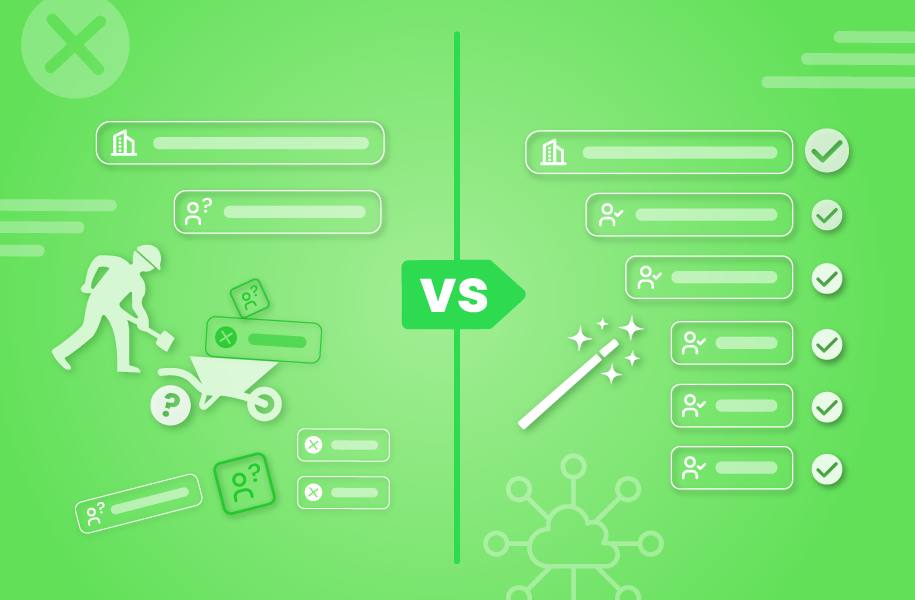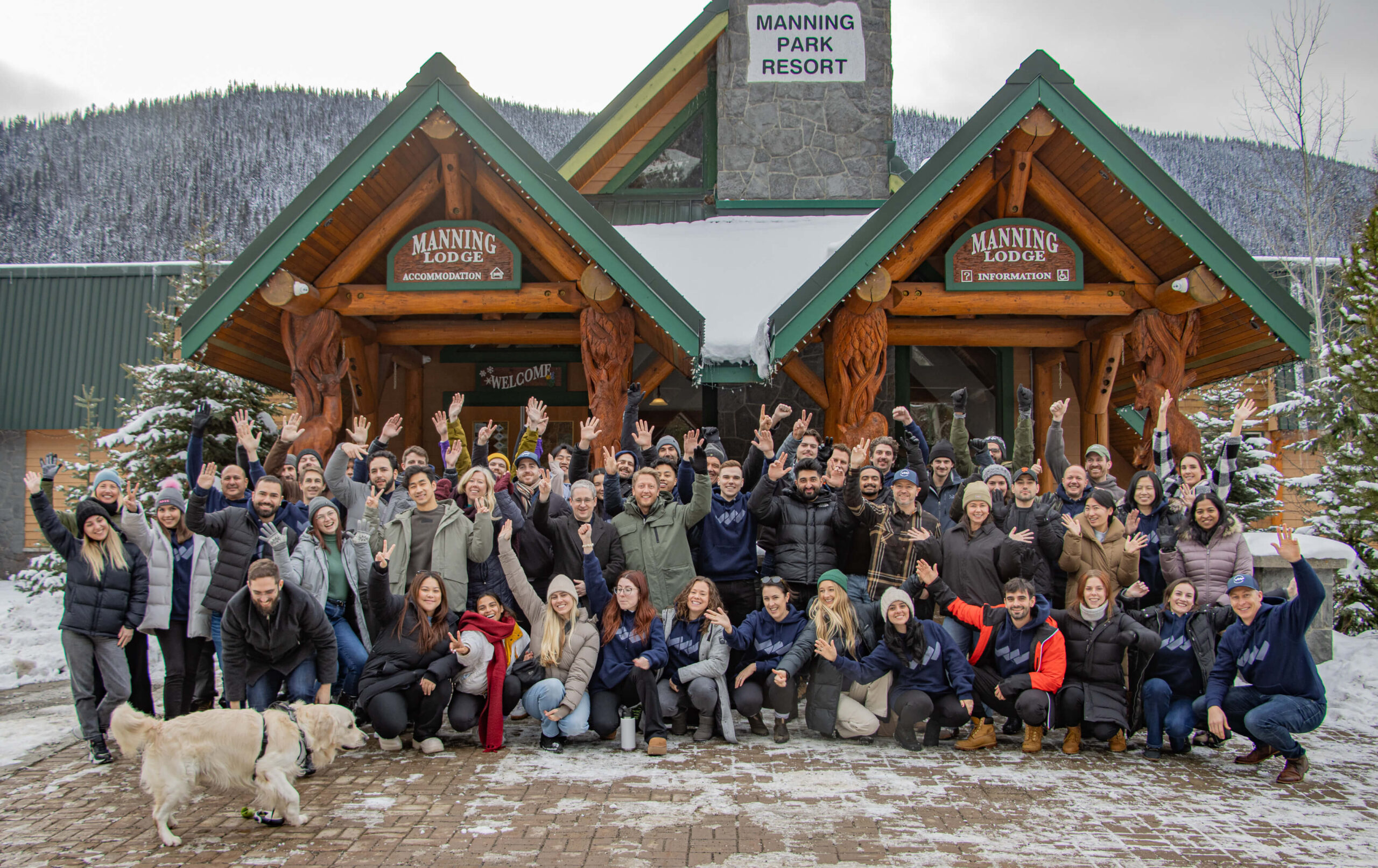The Science of the follow-up call
With good reason, the old adage ‘the early bird gets the worm’ sees wide usage when it comes to Sales and Lead follow-up. If you’ve not yet had the privilege of learning this firsthand in a Sales or BDR role, some sources state that 78% of leads go to the sales rep who responds first!
But hold your horses before rushing off into a call. Today’s buyers have access to more information than ever and expectations are high. Modern B2B buyers are often 57%-70% through their buying research before contacting sales. 79% of buyers say that it is absolutely critical or very important that the salesperson they interact with is a trusted advisor who adds value to their business.
So it stands to reason that a successful sale rides not only on a fast follow-up but on your ability to quickly gain credibility and convey value over the phone.
In this article, I’ll breakdown the art and science of the perfect sales follow-up call from the pre-call preparation all the way to execution.
Pre-call planning & preparation
Sales Reps now have access to a wealth of resources, tools, and data to support them in the follow-up process. Sales Intelligence tools provide valuable company and industry insights. Tools like LinkedIn offer the opportunity to better understand the individual, personalize communications and have better conversations.
But due diligence is arguably the most important pre-call task you must do. Even though it often happens to be the most time-consuming and frustrating, the manual process of ‘Googling’ Salesforce is crucial for answering key questions like:
- Are they a current customer?
- Is this a duplicate lead or contact?
- Is there a related open opportunity?
- Is someone else already working this lead?
As you crawl through search results in the effort to answer these questions you may be tempted to skip or skimp, but do so at your own peril. Failure to identify if a prospect is a current customer or is related to an open opportunity is a surefire way to lose credibility on the follow-up call.
At the minimum, you risk being perceived as unprofessional and in the worst case, it can seriously derail relationships and active deals. As well as running these risks, you are probably missing out on some helpful information.
But all this research, while important, takes away valuable time and slows your response time. How do you adequately prepare without spending too much time and taking too long to respond?
This is where the “art” comes into play.
The Art of the Follow-up Call
When your competition has access to the same data, tools, and resources how do you set yourself apart? The answer to this is your personal process; how you as an individual build out your follow-up workflow and find a repeatable approach that balances preparation with agility to get results. Take the time to keep yourself updated on the industry, your product knowledge and the best practices that suit your style. Practice your art.
Experiment with different follow-up call methods to:
- Learn how to leverage the tools that will add real value to your follow up process.
- Avoid the tools that consume your time but add little to no value to your communications.
- Identify how to hone your skills in communicating value in a succinct and personalized way.
Research shows that lead followup needs to be fast and value-driven. But the art of lead followup is far more complex than just reaching out to a lead as quickly as possible. The art lies in the fine balancing act between preparation, speed and the ability to communicate value in a succinct and personalized way.
Traction Complete can help you instantly understand the full context of an incoming lead, save time on research and gain insights that allow you to quickly engage with your prospects to add more value. Watch this video to find out how Complete can help improve your sales process.
Written by Adam Brewell, BDR at Traction Complete




